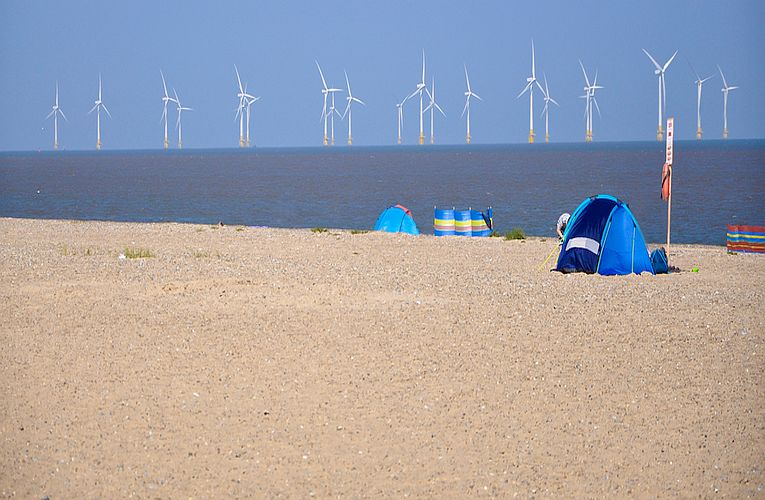In 2015, renewables had to have a good year. In the UK and in China, they grew to occupy sizeable percentage of total energy production, partly due to the hydro-electric companies but also because solar and wind power have built a large following in the private and public industry.
Carbon emissions fell by 3% in China (last year, they were only down 0.7%), following the renewable success story, while renewables (with wind power dominant) rose in the UK to 14.6% of electricity production. Coal production ceased finally in the UK in 2015, while the Chinese economy is reducing its heavy reliance on coal production in an attempt to improve on terrible air pollution, especially in major cities. Beijing and other cities reduced their smogs by around 10%, according to one official figure, but maybe people on the ground and actually breathing the unhealthy particulates would find different figures. By contrast, London is surprisingly still affected badly by traffic pollution, as there is no restriction on diesel traffic yet. The air pollution there is invisible (small particulates and nitrogen oxides) but still deadly.
The international situation for a couple of nations is seen to be favourable to the Paris agreement. Ratification by many countries will take place in New York in April, according to Ban Ki-moon and the UN agencies involved. In the US, furore is breaking out about unbelievably large military consumption of energy generally, but it is hardly likely that any nation will be transparent about wastage of resources on the most politically-sensitive areas imaginable. While the American forces (and government) are the biggest users, many other countries are probably proportionately more wasteful, given their lack of involvement in any operations that could be construed as useful by any stretch of the imagination.
US and Canadian pollution is very different form Old World economies or developing industrial nations. California, for example is renowned not only for electric cars, but also vast arrays of solar power and wind developments. It leads the world for a more obscure reason- the geothermal power of its hot springs. Texas supplies the most wind power of any state in the US. This impressive set of operations brings the US to the same level of renewable use as the UK, but the hydroelectric sector contributes more than in Britain (about 60%). Only China, Canada and Brazil have more hydroelectric power. However, despite the oil lobbies, President Obama has succeeded in quickly doubling his renewables, as promised in February, 2009.
All told, pollution being limited in some mountainous areas and the few wide open spaces we have left, we can be optimistic in such areas about Paris ideals, but downbeat about rapid change. Unfortunately, come April, we may find that change won’t be rapid enough at all. Just hope that not one of us will fall behind in this race to prevent weather, sea-levels (and the ever-increasing worries about oceanic influence) and a(ir)pocalypse
from destroying our health, our homes and our children's future.










